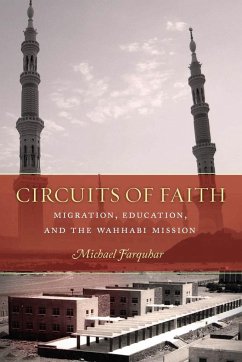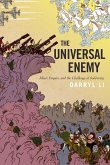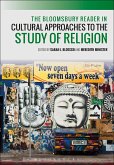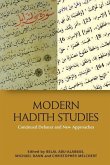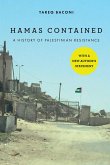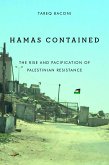Reconstructing the history of the Islamic University of Medina, this book sheds light on efforts undertaken by Saudi actors to extend Wahhabi influence beyond the kingdom's borders and suggests a new framework for understanding Islamic transnational religious networks.
Hinweis: Dieser Artikel kann nur an eine deutsche Lieferadresse ausgeliefert werden.
Hinweis: Dieser Artikel kann nur an eine deutsche Lieferadresse ausgeliefert werden.

